In the previous post, we have seen the cultural dresses of AMERICAN, EUROPEAN, AFRICAN, OCEANIAN Continent. Let's chit-chat about Asian countries' traditional costumes. Today we will know traditional clothes of Asia except India. If you're interested to know INDIAN HISTORICAL COSTUMES CLICK HERE!
Asian Traditional Clothes
Asia is the largest continent in the world full of varieties of cultures. Traditional clothes of Asian countries are colorful, come in varieties of styles.
Japan
Japanese traditional dress is Kimono. Men and women both wear this garment. On special occasions wearing Kimono is considered etiquette. The kimono is a T-shaped ankle-length gown with long and loose sleeves. It has a middle part opening that has to tie with a band only, as it does not have any buttons. In the general left side overlap the right side. Only when someone died in their last resting kimono is worn with the right side overlapping the left. Unmarried girls wear Furisode, a version or different style of Kimono you can say. It is usually made of silk in various lengths.
Sumo wrestler in Japan wears a special kind of Kimono called Yukata which is made of cotton. In ancient Japan, there were some laws about the color of the dresses. Like, the only samurais can wear red. Red and white represent happiness and are worn at weddings and other celebratory events, blue represents loyalty, green vanity, and affinity of nature, pink health, and feminity. Japanese also prefer particular colors accordingly to the season. White, green is worn in early spring, pink, lavender, and green preferably in late spring. Yellow with maroon worn in summer and purple, red with white in Fall

Zori 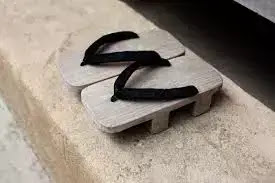
Geta
The traditional footwear of Japan is Geta (up) and Zori (down). As you’re seeing for walking in Geta wearer needs to concentrate in balance, also with elegance. These are split-toe slip-one is worn with split-toe socks called tabi. These are made of wood, fabrics, even days with leather or rubber.
China
Chinese Traditional dress for women is Cheongsam. It’s a tight-fitting full-length dress with a high cooler and curved crossed opening in front and a cut at the side as shown in the picture. Cheongsam follows its origin to the looser-fitting dress known as Qipao. Cheongsam can be long or short, sleeveless or sleeved. Nowadays Cheongsam became more fitting has a dark shape that focuses attention on the figure. It is now popular among the high profile socialites.
As well as there is Changshan for men, which is a looser fit. It can be up to the knee or short in length and worn with a pair of straight-cut trousers. These are mostly made of bright-colored satin with a woven pattern like the mythical bird, lotus, dragon, lion, tiger, unicorn, fish, tortoise, etc. Fish represent prosperity, tortoise long life, dragon good fortune, the tiger represents power, and there are many more like these.
A Hanfu is a robe shown in the above picture, worn as a winter garment in China. Both men and women were this on special occasions and by religious officials.
Korea
Han means Korea and Bok means Clothing, hence Hanbok became Korean-Clothing. The traditional dress of Korea is Hanbok for both men and women, is worn on occasions. Men wear baggy pants called baji, a wide-sleeved shirt called Sokgui, and a Jeogori jacket on top. The hanbok is softly draped in layers. It consists of a skirt called Chima and a coat called Jeogori with long loose sleeves usually. Koreans overlapped the left side above on the right side. The innermost layer of a Hanbok is ultra-fine, delicate white Chemise (From google: a dress which hangs straight from the shoulders and gives the figure a uniform shape, clearly an underdress). On top of it, a fabric wrapped around the waist into a high skirt, or may even have shoulder straps for more support. On top of it, again, they wear Jeogori which is worn at the upper body. The length of the Jeogori is short as shown in the picture. It looks like a jacket with two long strips called Gorum, which has been tied into a half knot bow style at the front, chest level (In the picture it has shown green! And there’s also a white-collar).
Like Japanese, Koreans also prefer to choose colors accordingly to seasons. In summer they prefer green shades, in autumn yellow to brown shades, in winter warm colors, and in Fall, they prefer light colors. Color also indicates marital status like unmarried women wear red skirts with yellow jackets. Betrothed women wear pink skirts and jackets, and married women wear blue skirts with jade green jackets. The Durumagi is an overcoat worn in winter.
Thailand
Thailand’s traditional costume is called Chut Thai, worn by men and women. The Thailand costume has a similarity with the Indian costume. The costume ascribed in Buddhism influenced clothing style in Thailand. The arts, literature, dramas of Thailand are based on the stories related to the Indian myth Ramayana. Even Saari-dhooti styles are also seen in Thailand.
Pha Nung is another traditional costume of Thailand similar to Chut-Thai. It is a two-piece garment. A long piece of cloth wrapped around the waist forms a long skirt, ends are twisted together passed between the legs, and tucked at the back, known as Chong-Karben. Pha-hom is an upper garment wrapped around the chest, ties with two stripes and without any collar. In North and North-East, women wear Pha-Sin instead of Pha-Nung. Another style is the Siwalai style which is a two-piece dress with a close-fitting strapless bodice with a Grajolmoak (Narrow loose band) hanging from the left side. It is worn as evening wear at a formal party. All are very similar.
Here are some more interesting topics!
- ORIGIN AND FUNCTION OF CLOTHING
- TRADITIONAL CLOTHES OF INDIA
- TRADITIONAL CLOTHES OF EUROPE
- TRADITIONAL CLOTHES OF AMERICA
- TRADITIONAL CLOTHES OF AFRICA
- TRADITIONAL CLOTHES OF OCEANIA
I hope you liked it, please leave a comment (❁´◡`❁)

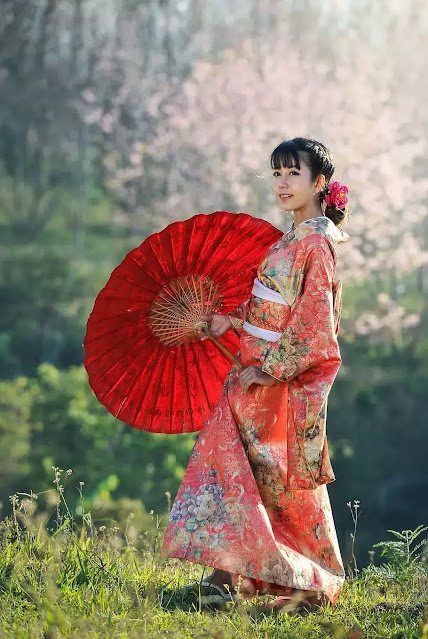
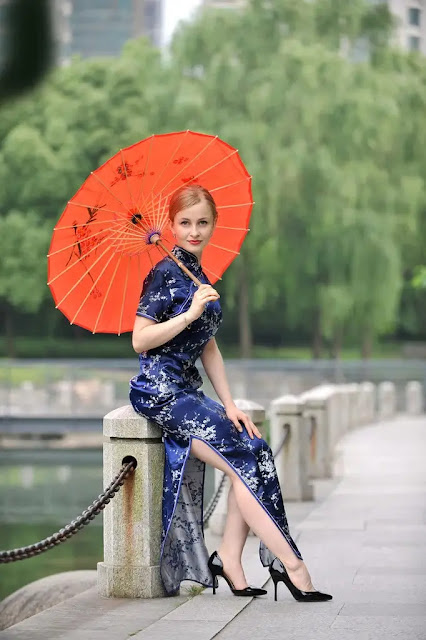
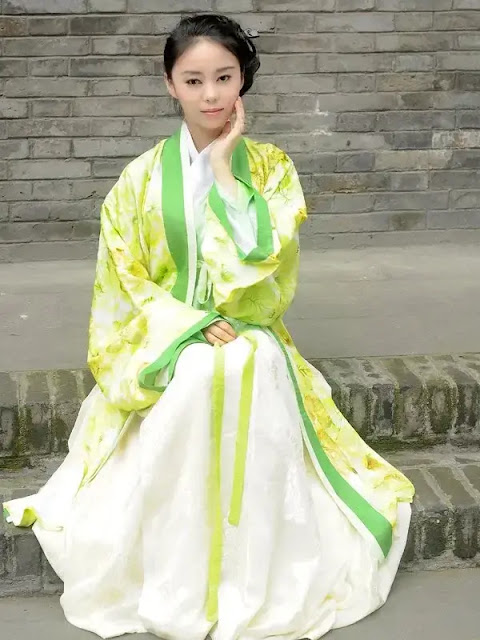
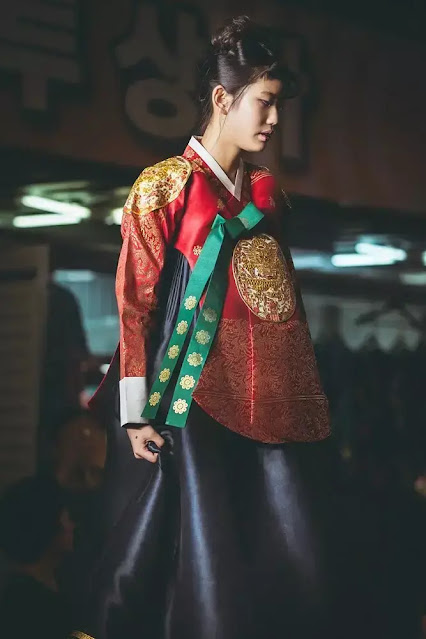
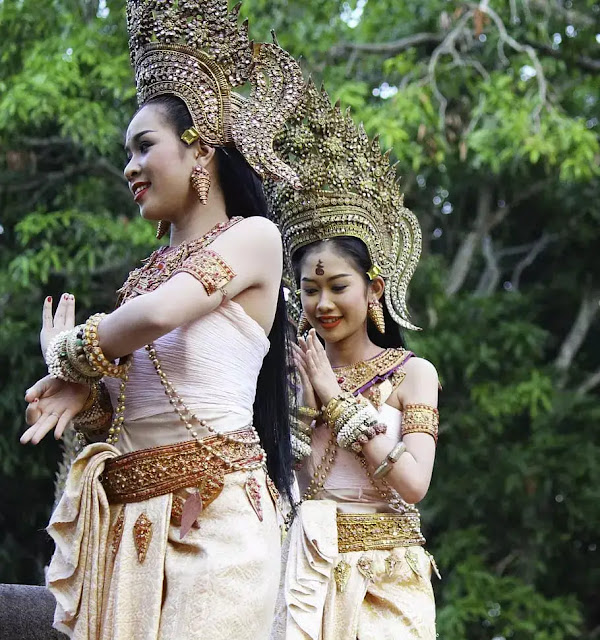
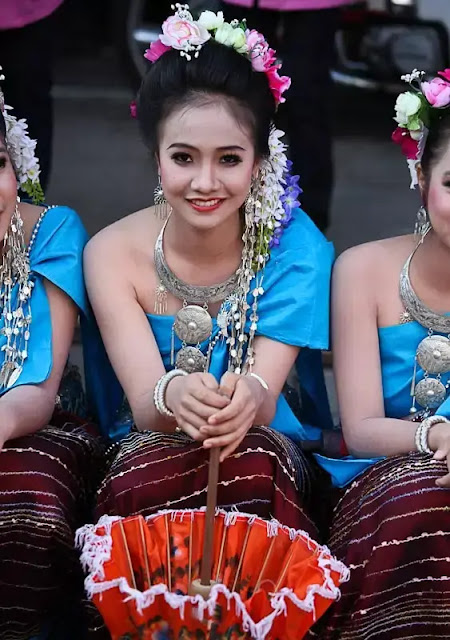
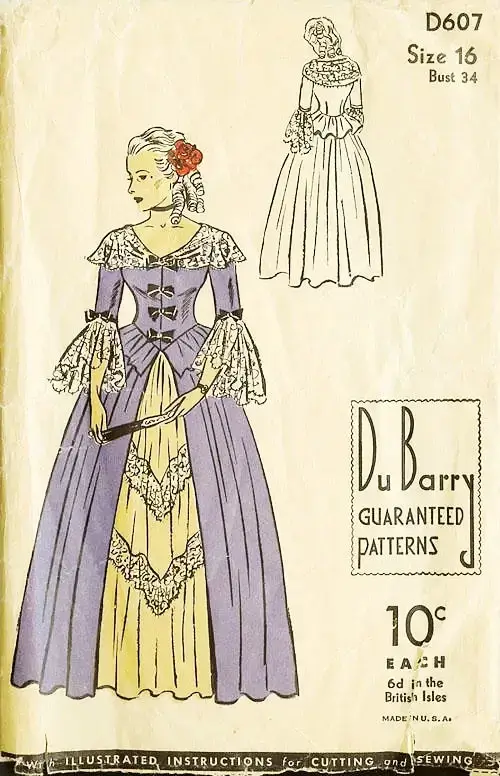
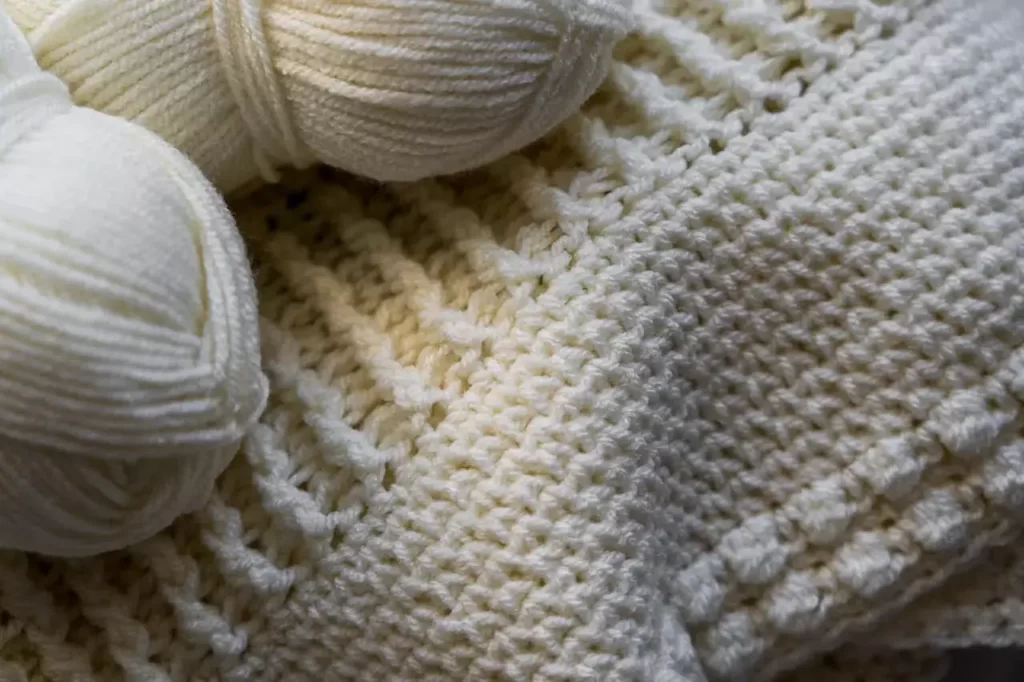
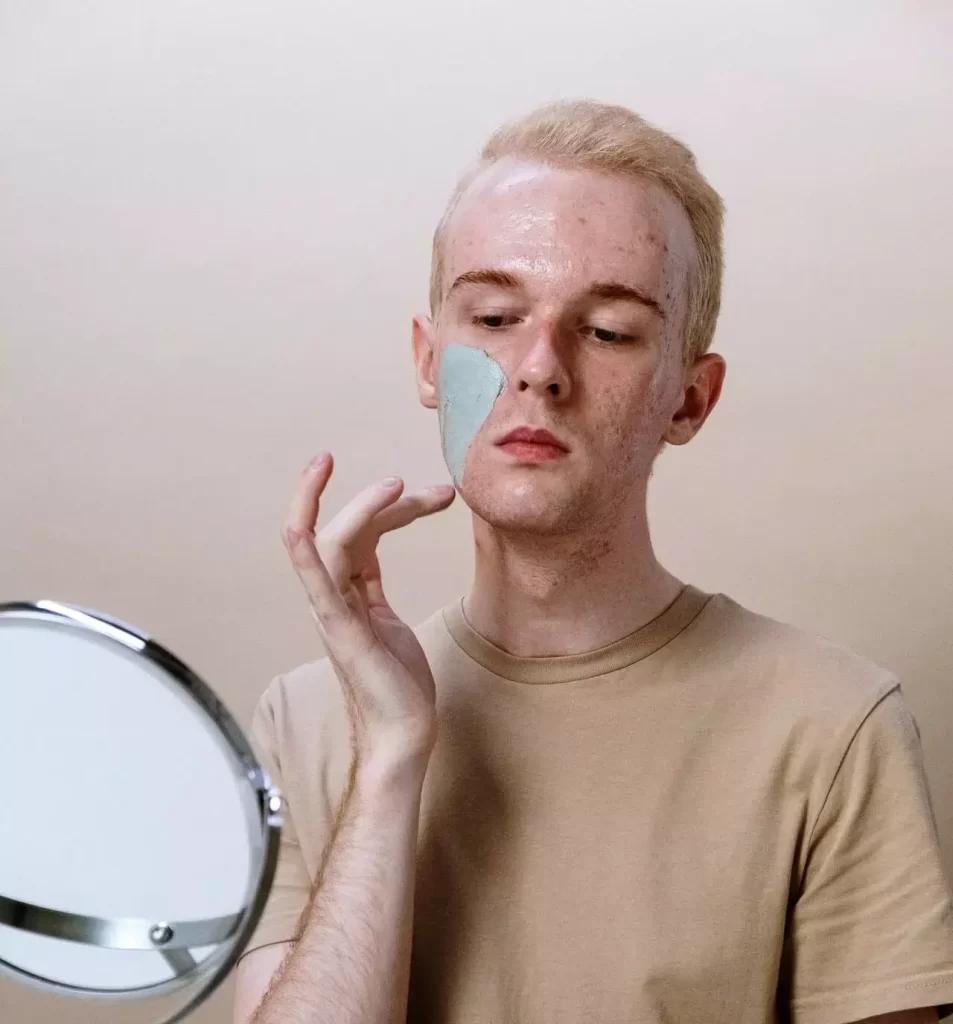

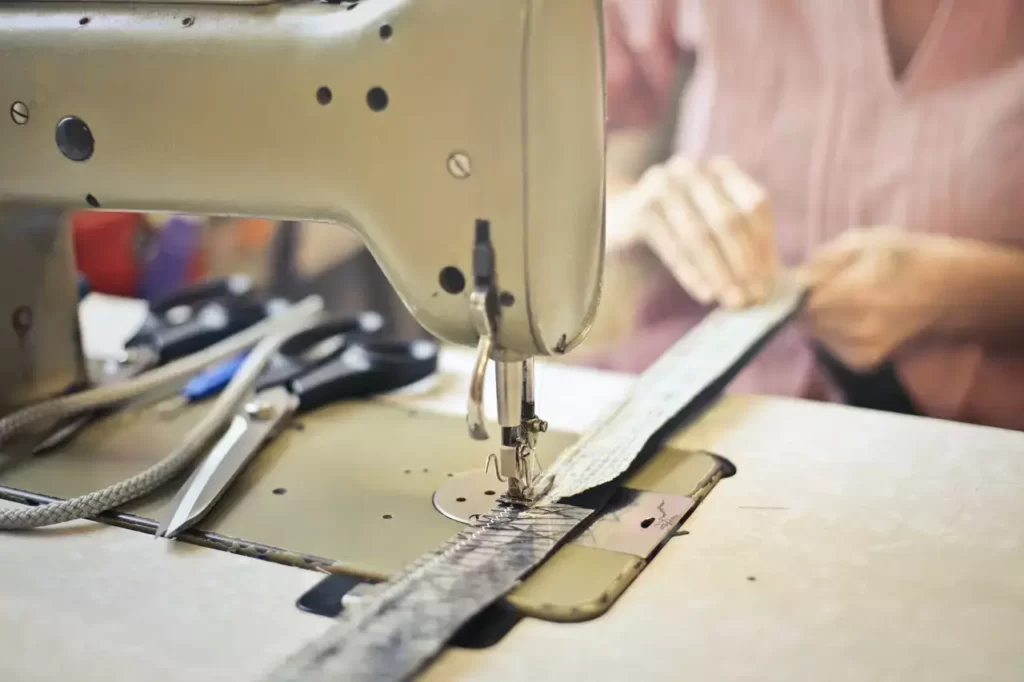
5 Comments. Leave new
Bravo, this excellent phrase is necessary just by the way
_ _ _ _ _ _ _ _ _ _ _ _ _ _
Nekultsy Ivan cloudflare hosting
Охотно принимаю. На мой взгляд это актуально, буду принимать участие в обсуждении.
It was Beautiful!
😊 Thanks 🤗
So much varieties! 🙌👏